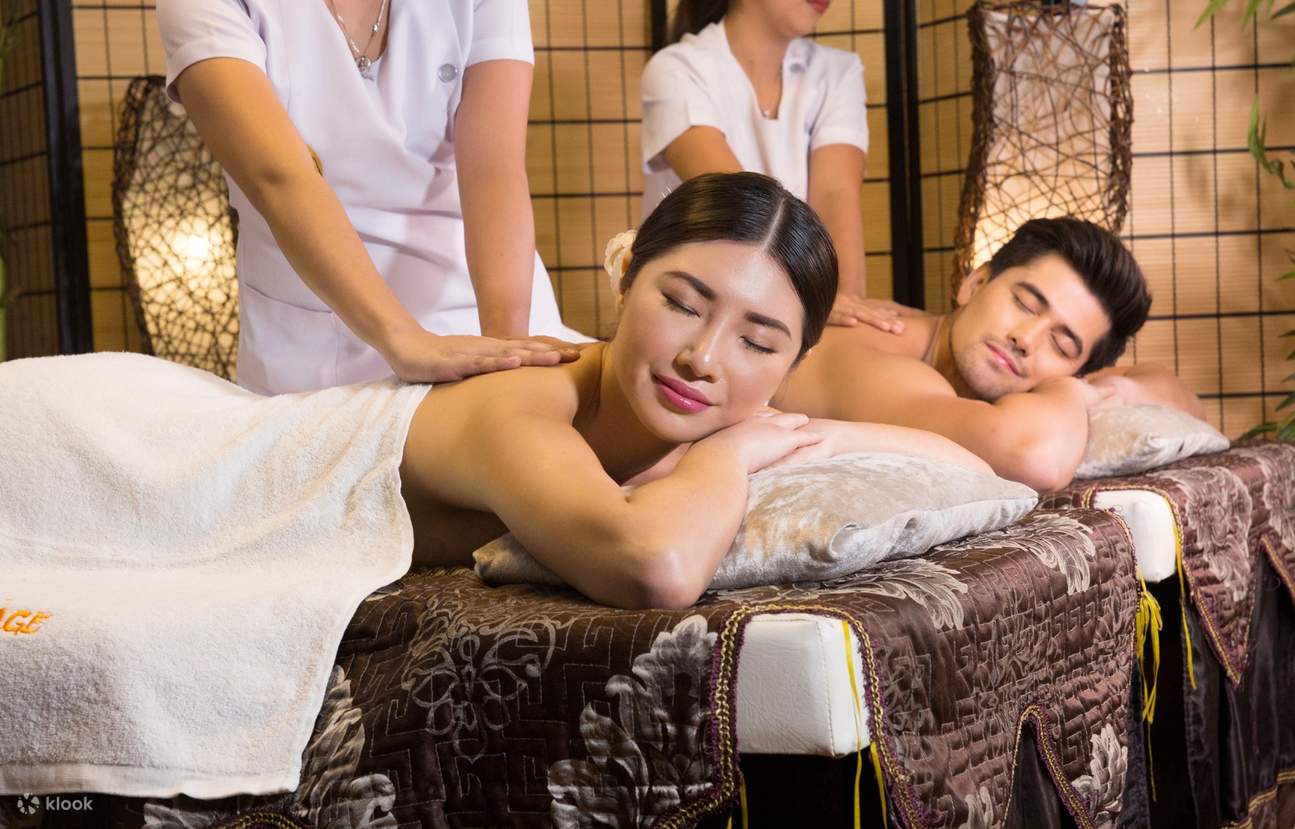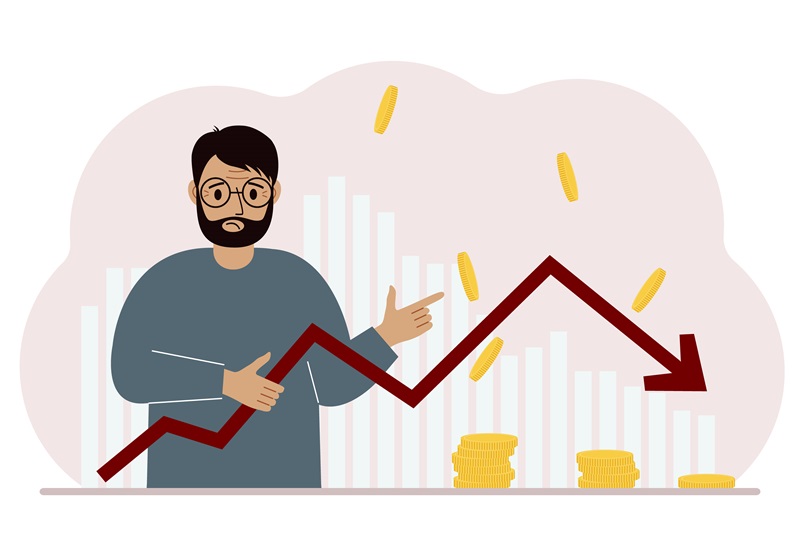Discover the Healing Power of Asian Massage: A Journey to Holistic Wellness
In today’s fast-paced world, stress and physical discomfort have become common companions. Amidst various therapeutic options, Asian massage stands out as a time-honored practice that offers not just relief but a pathway to holistic well-being. Rooted in ancient traditions, Asian massage techniques focus on balancing the body’s energy, promoting relaxation, and enhancing overall health.

Understanding Asian Massage
Asian massage encompasses a variety of techniques originating from countries like China, Thailand, and India. Unlike Western massage therapies that primarily target muscles and soft tissues, Asian massage emphasizes the flow of energy—known as Qi in Chinese or Prana in Indian traditions—through the body’s meridians or energy channels. By stimulating specific points along these pathways, practitioners aim to restore balance and harmony within the body.
Popular Types of Asian Massage
1. Tui Na (Chinese Massage)
Tui Na is a cornerstone of Traditional Chinese Medicine (TCM). It involves rhythmic compression, kneading, and stretching techniques to stimulate the flow of Qi and address various health issues. Tui Na is often used in conjunction with acupuncture and herbal remedies to treat musculoskeletal conditions and internal disorders.
2. Thai Massage
Originating from Thailand, Thai massage combines acupressure, assisted yoga postures, and deep stretching. Practitioners use their hands, elbows, knees, and feet to apply pressure and guide the recipient through a series of movements. This dynamic therapy enhances flexibility, relieves tension, and promotes energy flow.
3. Shiatsu (Japanese Massage)
Shiatsu, meaning “finger pressure,” is a Japanese technique that applies pressure to specific points on the body to alleviate tension and improve circulation. It is based on the same principles as acupuncture but uses touch instead of needles to stimulate the body’s energy pathways.
4. Chavutti Thirumal (Indian Massage)
This unique Indian massage technique involves the practitioner using their feet to deliver long, sweeping strokes while holding onto a rope for balance. Chavutti Thirumal aims to increase flexibility, align the body, and enhance energy flow.
Benefits of Asian Massage
Engaging in regular Asian massage therapy can yield numerous health benefits:
- Stress Reduction: By promoting relaxation and balancing energy, Asian massage helps alleviate stress and anxiety.
- Pain Relief: Techniques like Tui Na and Thai massage effectively address chronic pain, muscle tension, and joint stiffness.
- Improved Circulation: Stimulating specific points enhances blood and lymphatic flow, supporting overall health.
- Enhanced Flexibility: Stretching components in Thai and Indian massages improve range of motion and posture.
- Energy Balance: By unblocking energy pathways, these massages restore harmony and vitality.
What to Expect During a Session
An Asian massage session typically begins with a consultation to understand your health concerns. Depending on the technique, you may lie on a mat or table, fully clothed or partially undressed, as the practitioner applies specific movements and pressures tailored to your needs. Sessions can last from 60 to 90 minutes, leaving you feeling rejuvenated and balanced.
Is Asian Massage Right for You?
Asian massage is suitable for individuals seeking holistic approaches to health and wellness. Whether you’re dealing with stress, chronic pain, or simply wish to maintain balance, these therapies offer natural and effective solutions. However, it’s essential to consult with a healthcare provider before starting any new treatment, especially if you have underlying health conditions.
Experience the Transformation
Embracing the ancient wisdom of Asian massage can lead to profound improvements in your physical and emotional well-being. By addressing the root causes of discomfort and promoting energy balance, these therapies offer a path to a more harmonious and healthy life.








